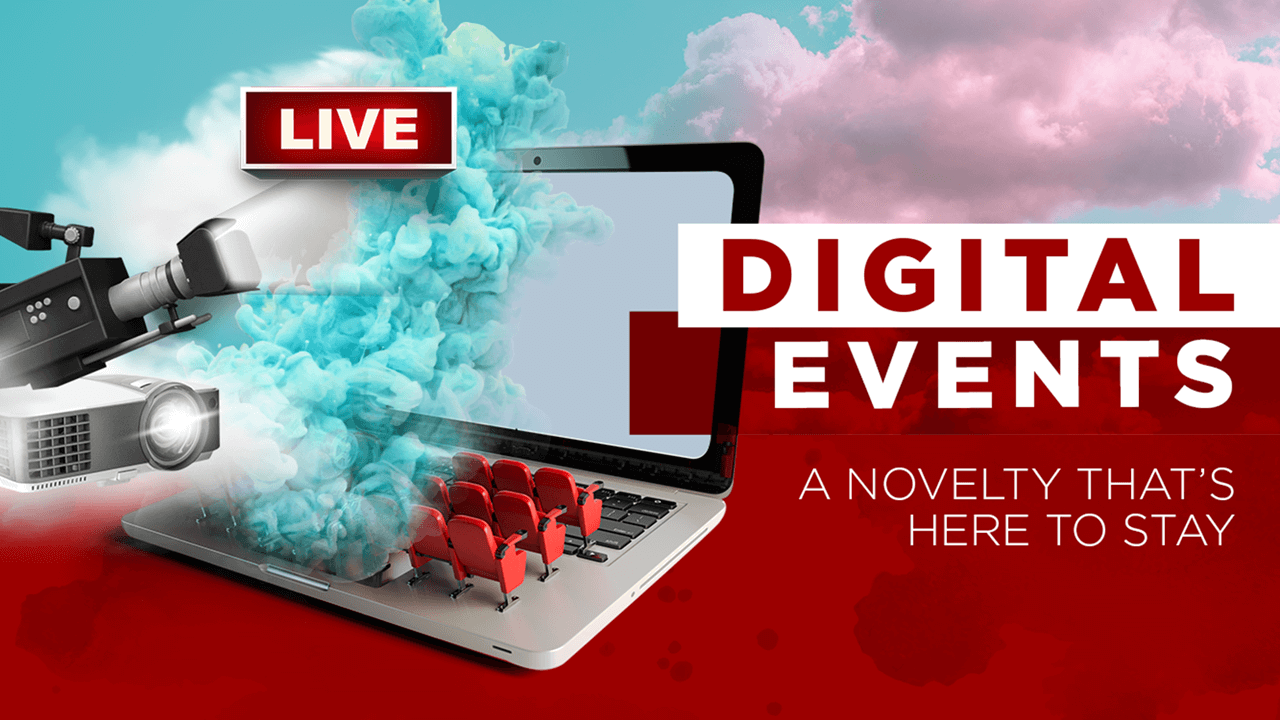written by
priscila
published in
23 de April de 2021
We, as humans, have developed the most sophisticated tools that the world has ever known: language and writing. Both are collective abstractions, but they impact the individual in a very particular way. One phrase (written or oral) has the power to form wildly different images and interpretations in people’s minds. This is the magic of the arts: a great work is one that permits multiple interpretations.
Corporate presentations, however, are far from a work of art. At most, we can incorporate a few artistic concepts. But in the end, a corporate presentation is diametrically the opposite. Multiple interpretations are exactly what an executive does not want at the end of an explanation. That is why the first step to create a great presentation is to think about who is going to be the audience:
How is my principal message going to impact their lives?
By answering these questions, presenters put themselves in the audience’s shoes and considerably increase their chance of success. We believe that every presentation is a voyage that the presenter and the audience take together, with the presenter acting as the guide. And if executives want the audience to travel at their side, they need to know as much as possible about their audience.
That work is not easy because even within a company there are different groups with their own interests. A message may be considered good by one group, neutral by another and bad by a third. One common mistake is to make the same presentation to different audiences. In practical terms, it is possible to use the same support material – the visual identity and the PowerPoint slides – but the oral explanation needs to be adjusted for each new audience. It is an exercise of empathy and communication: every presentation is a new opportunity and, consequently, a unique one
We have already said how essential it is for executives to know how to choose the principal message of their presentations. Even more important is to know how this main message will affect the audience. Speakers can only use tools that their audience has access to. If presenters rely only on their language, their concepts, their assumptions and their values, they will not be successful.

Much is said about joining storytelling, cinema and presentation to tell the best stories. But do film narrative...
Creating 3D models is a slow and somewhat costly process, but the investment is worth it. 3D techniques allow us to...
We, as humans, have developed the most sophisticated tools that the world has ever known: language and writing. Both...
Time is a determining factor in presentations to create a high-impact narrative. There is the classic example of U.S....
We live in a time of specialists. All areas of knowledge are subdivided into topics about which someone is deeply...
Don't miss any news!
Subscribe to our newsletter and receive free materials and the most visited posts in your email.